
下载亿题库APP
联系电话:400-660-1360

下载亿题库APP
联系电话:400-660-1360

请谨慎保管和记忆你的密码,以免泄露和丢失

请谨慎保管和记忆你的密码,以免泄露和丢失

一、 考试概述:
本次考试的文章两篇新题一篇旧题,第一篇是动植物介绍类,主要讲了食肉植物。第二篇是旧题,讲了不同文化背景下人们对事物认知的差异性。第三篇主要讲推动建筑课堂的实践。本次考试题型较简单,难度较大的段落大意没有出题,填空与判断仍然是重点题型。
二、具体题目分析
Passage 1:
题目:Carnivorous Plants
题型:填空题5 +判断题8
新旧程度:新题
文章大意:讲了包括Venus flytrap捕蝇草和pitcher plants猪笼草在内的这些食肉植物的特点及影响他们的因素。
参考文章:
Evolutionist Charles Darwin first marvelled at flesh-eating plants in the mid-19th century. Today, biologists, using 21st-century tools to study cells and DNA, are beginning to understand how these plants hunt, eat and digest - and how such bizarre adaptations arose in the first place.
A
The leaves of the Venus flytrap plant are covered in hairs. When an insect brushes against them, this triggers a tiny electric charge, which travels down tunnels in the leaf and opens up pores in the leaf’s cell membranes. Water surges from the cells on the inside of the leaf to those on the outside, causing the leaf to rapidly flip in shape from convex to concave, like a soft contact lens. As the leaves flip, they snap together, trapping the insect in their sharp-toothed jaws.
B
The bladderwort has an equally sophisticated way of setting its underwater trap.
It pumps water out of tiny bag-like bladders, making a vacuum inside. When small creatures swim past, they bend the hairs on the bladder, causing a flap to open. The low pressure sucks water in, carrying the animal along with it. In one five-hundredth of a second, the door swings shut again. The Drosera sundew, meanwhile, has a thick, sweet liquid oozing from its leaves, which first attracts insects, then holds them fast before the leaves snap shut. Pitcher plants use yet another strategy, growing long tube-shaped leaves to imprison their prey. Raffles' pitcher plant, from the jungles of Borneo, produces nectar that both lures insects and forms a slick surface on which they can't get a grip. Insects that land on the rim of the pitcher slide on the liquid and tumble in.
C
Many carnivorous plants secrete enzymes to penetrate the hard exoskeleton of insects so they can absorb nutrients from inside their prey. But the purple pitcher plant, which lives in bogs and infertile sandy soils in North America, enlists other organisms to process its food. It is home to an intricate food web of mosquito larvae, midges and bacteria, many of which can survive only in this unique habitat. These animals shred the prey that fall into the pitcher, and the smaller organisms feed on the debris. Finally, the plant absorbs the nutrients released.
D
While such plants clearly thrive on being carnivorous, the benefits of eating flesh are not the ones you might expect. Carnivorous animals such as ourselves use the carbon in protein and the fat in meat to build muscles and store energy. Carnivorous plants instead draw nitrogen, phosphorus, and other critical nutrients from their prey in order to build light-harvesting enzymes. Eating animals, in other words, lets carnivorous plants do what all plants do: carry out photosynthesis, that is, grow by harnessing energy directly from the sun.
E
Carnivorous plants are, in fact, very inefficient at converting sunlight into tissue. This is because of all the energy they expend to make the equipment to catch animals - the enzymes, the pumps, and so on. A pitcher or a flytrap cannot carry out much photosynthesis because, unlike plants with ordinary leaves, they do not have flat solar panels that can grab lots of sunlight. There are, however, some special conditions in which the benefits of being carnivorous do outweigh the costs. The poor soil of bogs, for example, offers little nitrogen and phosphorus, so carnivorous plants enjoy an advantage over plants that obtain these nutrients by more conventional means. Bogs are also flooded with sunshine, so even an inefficient carnivorous plant can photosynthesise enough light to survive.
F
Evolution has repeatedly made this trade-off. By comparing the DNA of carnivorous plants with other species, scientists have found that they evolved independently on at least six separate occasions. Some carnivorous plants that look nearly identical turn out to be only distantly related. The two kinds of pitcher plants - the tropical genus Nepenthes and the North American Sarracenia - have, surprisingly, evolved from different ancestors, although both grow deep pitcher- shaped leaves and employ the same strategy for capturing prey.
G
In several cases, scientists can see how complex carnivorous plants evolved from simpler ones. Venus flytraps, for example, share an ancestor with Portuguese sundews, which only catch prey passively, via 'flypaper' glands on their stems. They share a more recent ancestor with Drosera sundews, which can also curl their leaves over their prey. Venus flytraps appear to have evolved an even more elaborate version of this kind of trap, complete with jaw-like leaves.
H
Unfortunately, the adaptations that enable carnivorous plants to thrive in marginal habitats also make them exquisitely sensitive. Agricultural run-off and pollution from power plants are adding extra nitrogen to many bogs in North America. Carnivorous plants are so finely tuned to low levels of nitrogen that this extra fertilizer is overloading their systems, and they eventually burn themselves out and die.
I
Humans also threaten carnivorous plants in other ways. The black market trade in exotic carnivorous plants is so vigorous now that botanists are keeping the location of some rare species a secret. But even if the poaching of carnivorous plants can be halted, they will continue to suffer from other assaults. In the pine savannah of North Carolina, the increasing suppression of fires is allowing other plants to grow too quickly and outcompete the flytraps in their native environment. Good news, perhaps, for flies. But a loss for all who, like Darwin, delight in the sheer inventiveness of evolution.
 36
36雅思考试总分是多少?:雅思考试总分是多少?雅思满分是9分,最低分是0分。其实各个国家和各个学校对雅思的要求都是不同的,像去读澳大利亚,就必须要考雅思,最少要考到5.5分,这是留学这个国家的规定。好的学校要求的雅思分数要高一点,不好的要求要低一点,像大家都熟悉的牛津大学和剑桥大学对雅思的要求最低都要7.5分。
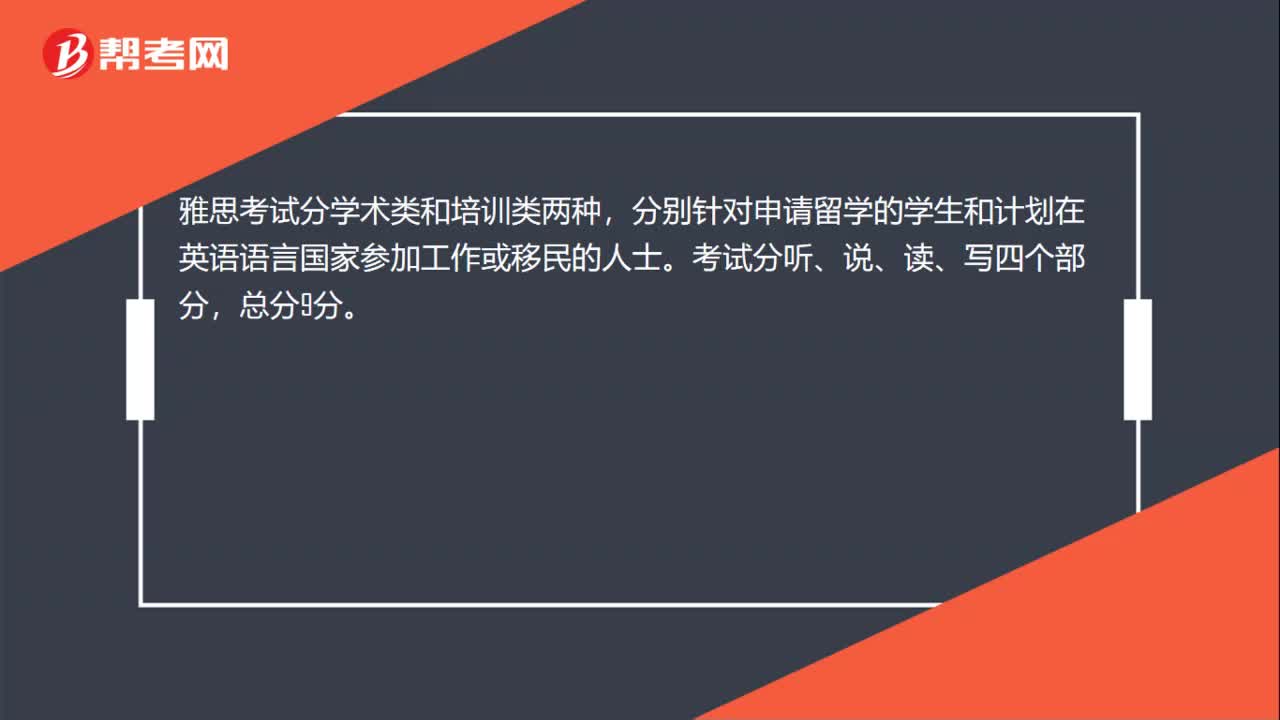 21
21雅思考试有几种类型?:雅思考试有几种类型?雅思考试分学术类和培训类两种,分别针对申请留学的学生和计划在英语语言国家参加工作或移民的人士。考试分听、说、读、写四个部分,总分9分。
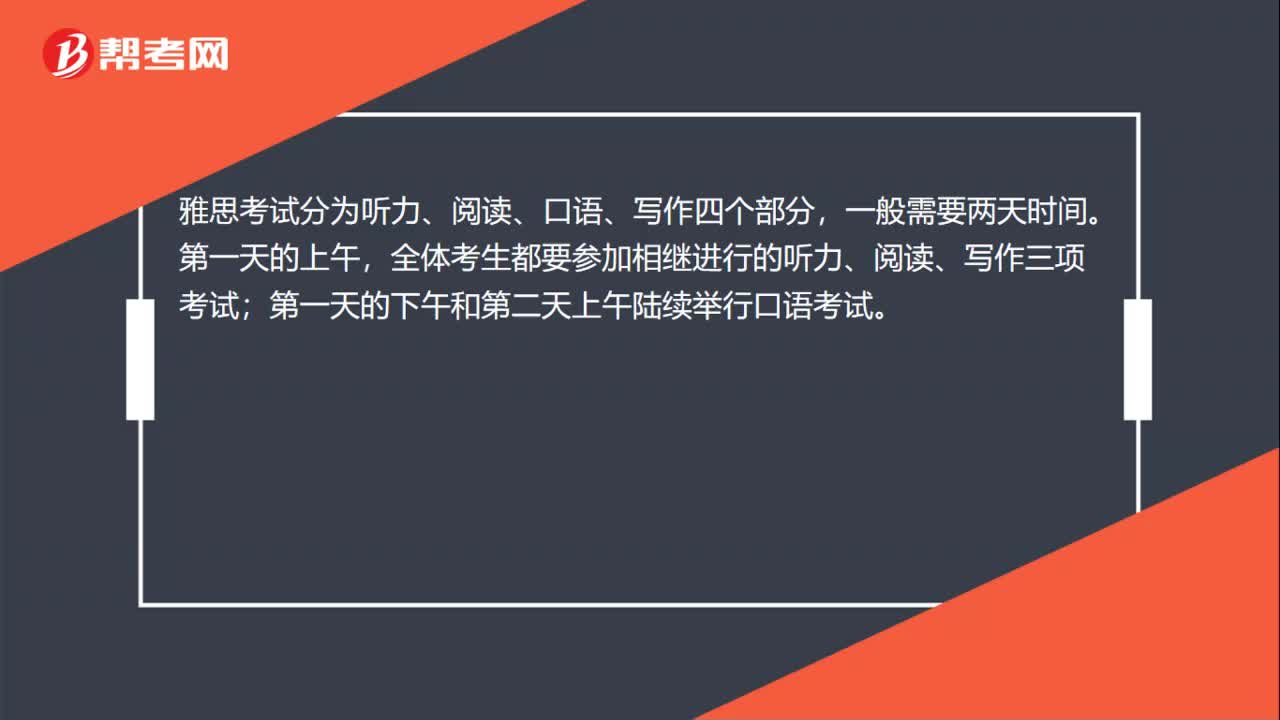 26
26雅思考试内容有哪些?:雅思考试内容有哪些?雅思考试分为听力、阅读、口语、写作四个部分,一般需要两天时间。第一天的上午,全体考生都要参加相继进行的听力、阅读、写作三项考试;第一天的下午和第二天上午陆续举行口语考试。
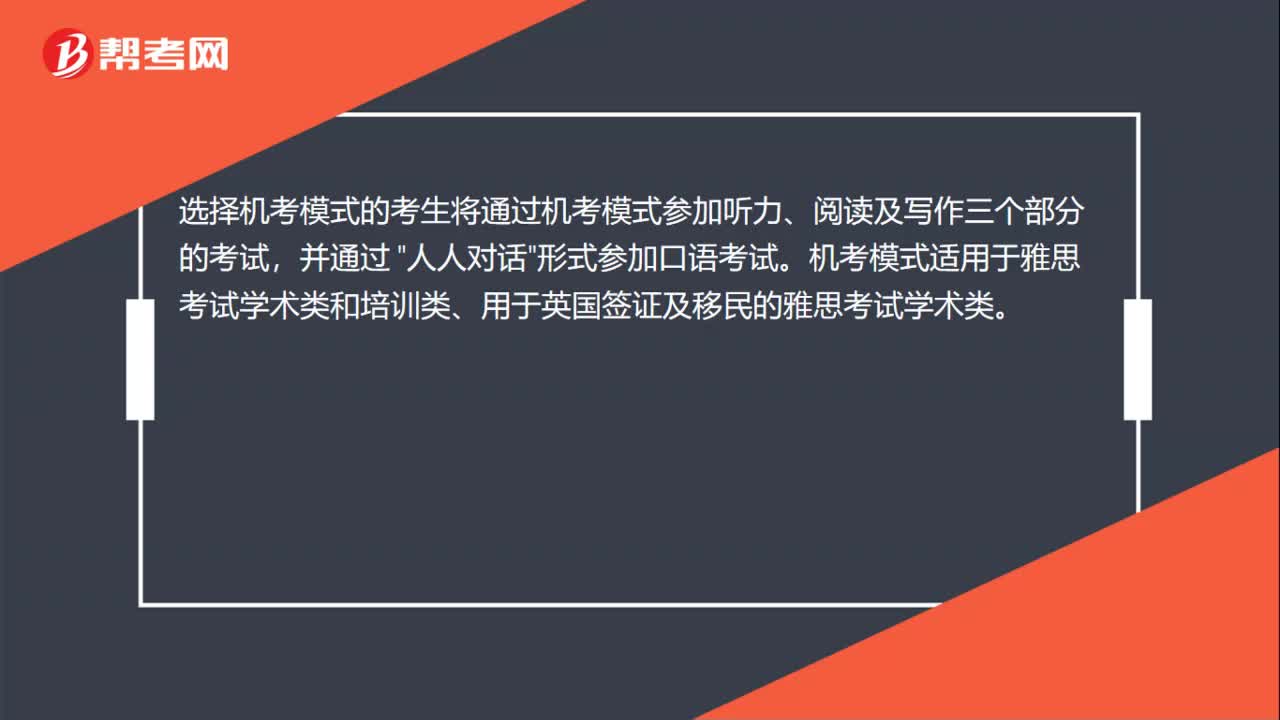 01:24
01:242020-06-01
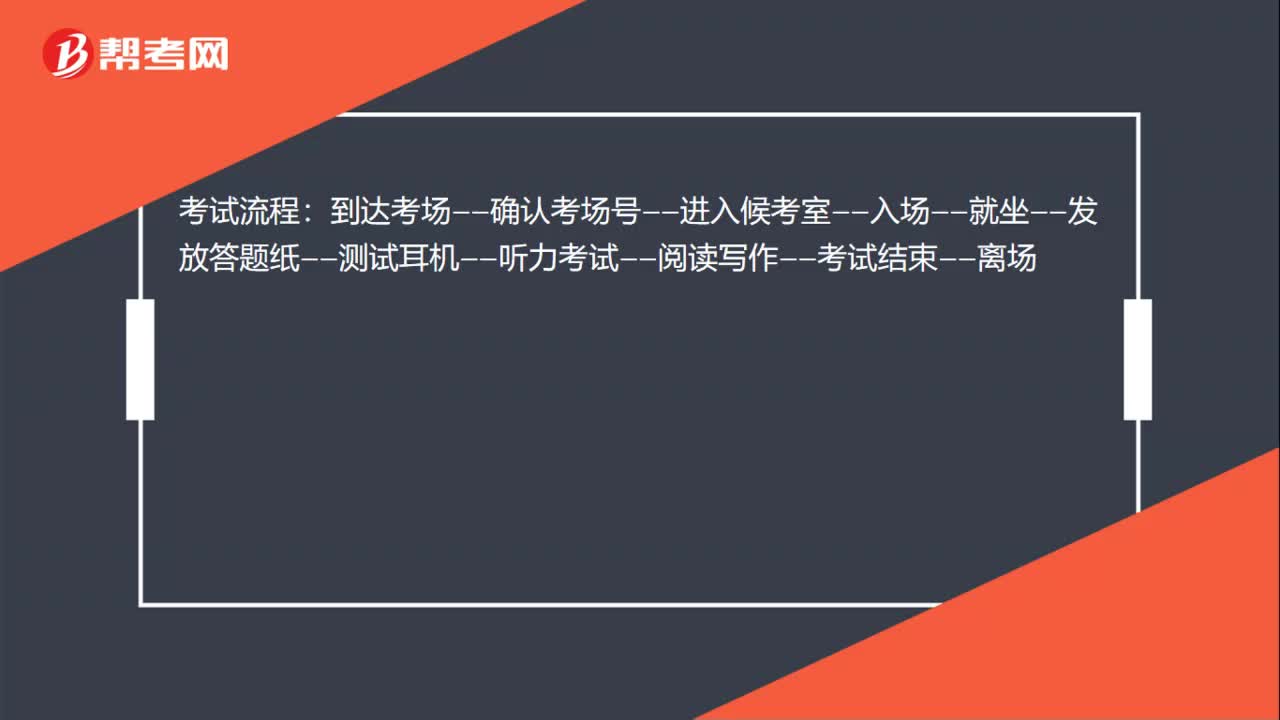 01:16
01:162020-06-01
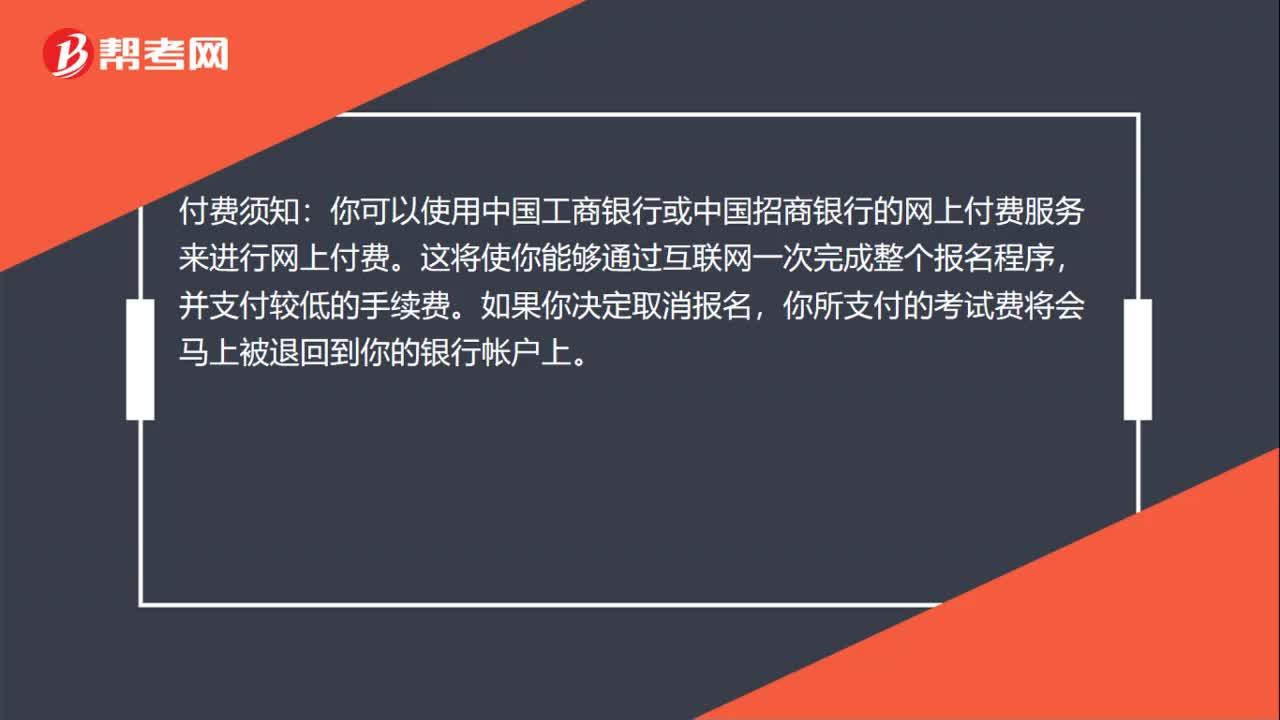 02:06
02:062020-06-01
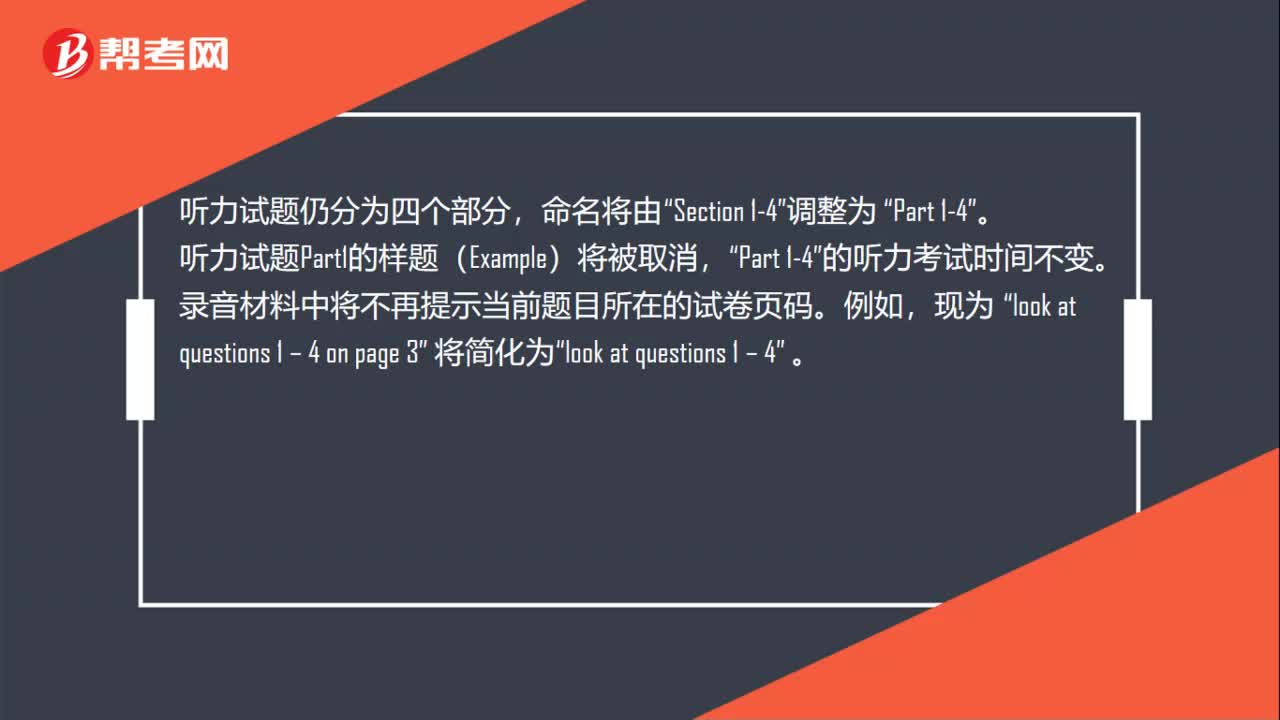 01:06
01:062020-06-01

微信扫码关注公众号
获取更多考试热门资料